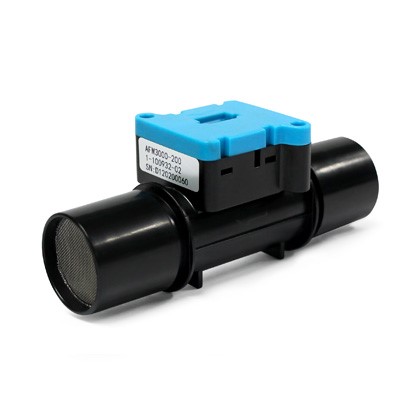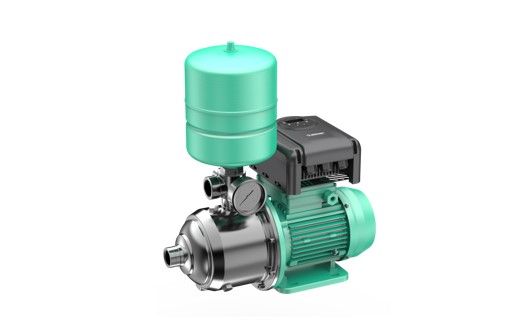What Users Should Know About Mass Flow Sensors

We will discover what a mass flow sensor is, how it functions, and a great device from reputable sensor maker Saftty in this post.
A mass flow sensor is what?
A device that gauges the volume of material flowing through it is called a mass flow sensor. This may be used in commercial settings to monitor or measure liquid flow, such as the flow of gas or oil.
The purpose of a mass flow sensor and its operation
A mass flow sensor is a tool that gauges how much material passes through it during a predetermined time frame. To keep track of levels of throughput, reactivity, and contamination in industrial settings, it is often utilized. It is also used in production to gauge the volume of liquid or gas flowing through the apparatus.
Different mass flow meters operate according to different principles. Here, the basic operation of two flow sensors is described.
- Guin’s law provides the foundation for how thermal mass flow meters operate. In other words, the gas in the pipeline being monitored is heated outside, the heat energy moves with the gas, and the heat change caused by the gas’s passage is detected. Two reference-grade RTDs, a velocity sensor, and a temperature sensor that gauges changes in gas temperature typically make up the sensor within a thermal mass flow meter. The speed sensor is heated when the two thermal resistors are inserted into the pipeline with the gas that will be measured, and the other temperature sensor is then utilized to gauge the temperature of the gas.
- The differential pressure mass flowmeter operates according to Poiseuille’s law. The volume flow of the gas is estimated and then converted to the mass flow under typical operating circumstances by measuring the pressure differential before and after the gas flows through a certain segment of the pipeline, that is, the pressure loss. This working concept is based on the assumptions that the gas under test must be in laminar flow motion, travel through an unseen stack of laminar flow sheets, and maintain laminar flow motion between the stack of laminar flow sheets. The flow rate of the gas in this segment may therefore be estimated as long as the difference in pressure between the two ends of the laminar flow sheet is known.
The differential pressure mass flowmeter, which measures the pressure difference, is more precise than the thermal mass flowmeter, which measures the temperature difference.
Mass Flow Sensor from Saftty
The AFS1100 sensor, created by Saftty, uses the thermal principle to monitor the flow rate of several gases, including air and nitrogen. The device has a broad working DC voltage range of 12–24V and is equipped with the RS485 protocol connection. It also employs the industry-standard Modbus-RTU data output signal format. Before leaving the manufacturer, every sensor is precisely calibrated and verified to satisfy client use requirements. This sensor was created specifically to monitor air velocity in ventilation ducts. The HVAC industry, filter pressure drop monitoring, flue gas treatment in power plants, the textile and chemical industries, air flow in aircraft ducts, and other disciplines mostly utilize it.
Conclusion
A precise tool that detects the volume of material flowing through it is a mass flow sensor. Only a reputable provider can provide a high-quality mass flow sensor, and Saftty is such a supplier.





